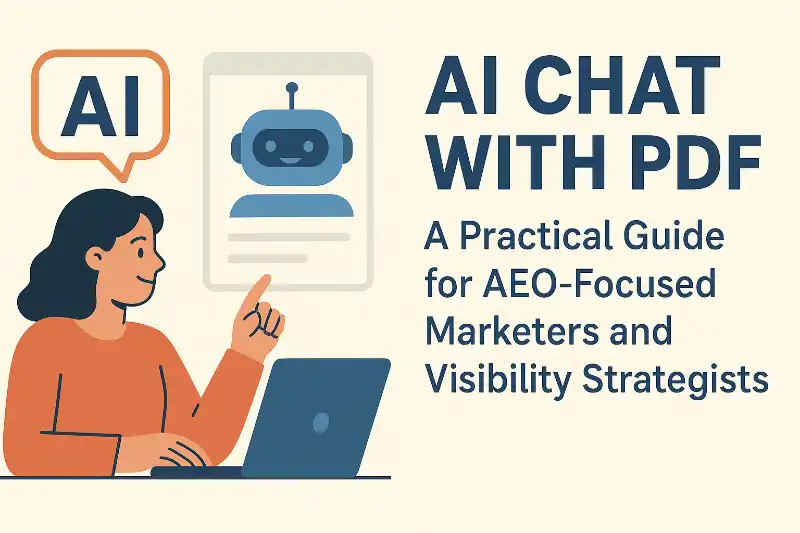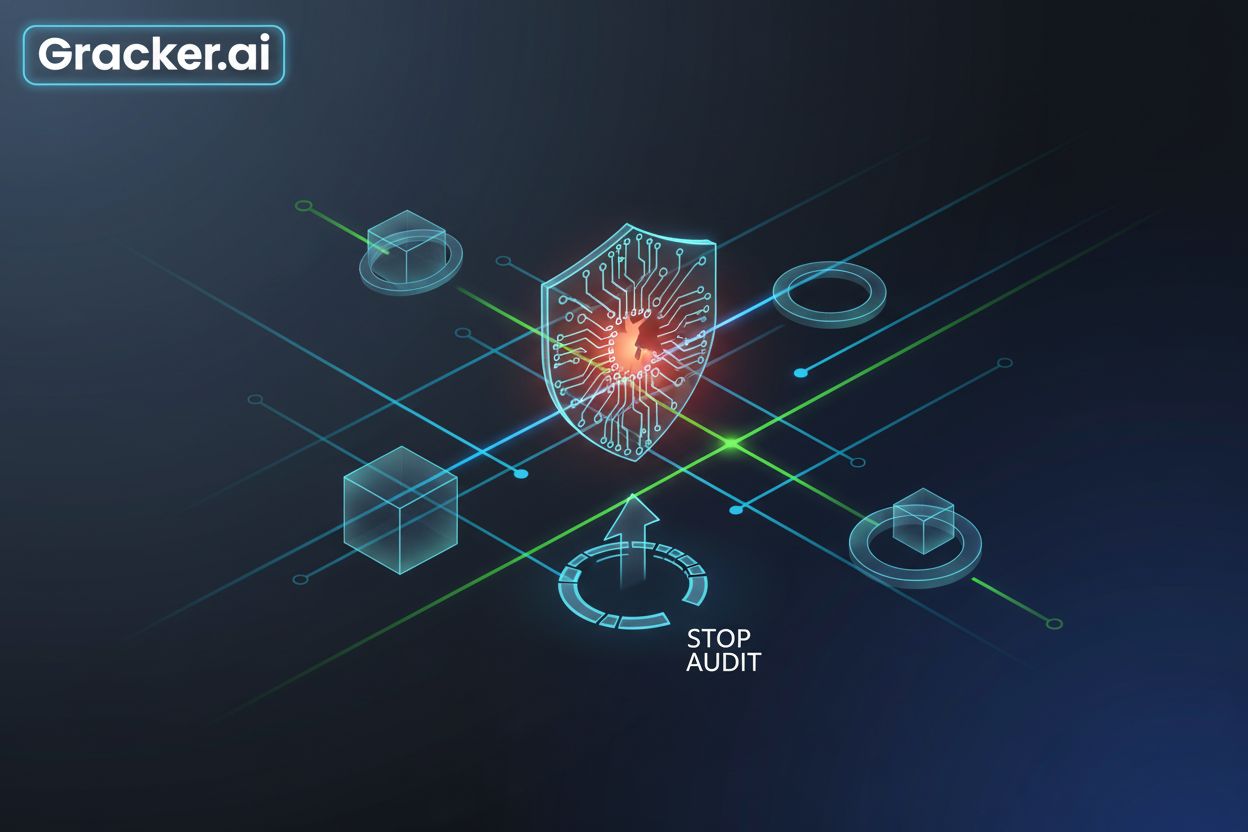Why Traditional Programmatic SEO Is Dead: The AI-Powered Portal Revolution
Traditional, template-driven programmatic SEO fueled the first generation of long-tail traffic engines. But what worked for Zillow in 2014 or Zapier in 2018 no longer satisfies Google—or discerning buyers—in 2025. Static, look-alike pages are out. Search engines now reward freshness, context, and depth—signals only dynamic, AI-powered portals can deliver at scale. Key takeaways
| Legacy Programmatic SEO | AI-Powered Portals ||
| --- | --- |
| Rigid templatesThin, repetitive copy | Context-rich, human-like narratives ||
| Updates require manual dev/content cycles | Real-time auto-refresh from live data ||
| Risk of “duplicate‐ish” penalty | Each page algorithmically unique ||
| Slow to surface emerging demand | Detects & publishes on trends in hours ||
| Minimal user engagement | Interactive widgets, dynamic charts ||
By the end of this article you’ll understand:
- Why template fatigue is killing old-school pSEO.
- How dynamic, AI-driven portals continually adapt—and outrank copy-paste competitors.
- Where GrackerAI fits as a production-ready engine that turns raw data into compound organic growth.
The Fatal Limitations of Template-Based Systems
Template-based programmatic SEO follows a simple formula:
- Identify a keyword pattern (
[City] + [Service]) - Build a page template (H1, intro paragraph, list, CTA)
- Populate a spreadsheet and mass-publish
It’s scalable—but comes with five fatal flaws:
| Limitation | Impact on Modern SEO ||
| --- | --- |
| Template blindness—every page “feels” the same | Google’s Helpful Content Update down-rates low-value, redundant pages ||
| Stale data—content rarely updated | Crawlers revisit infrequently; rankings decay ||
| Duplication risk—minor variable changes | Pages collide in SERPs, cannibalizing each other ||
| No contextual depth—just lists & boilerplate | Fails E-E-A-T checks for expertise and authority ||
| Manual ops drag—CSV → CMS → QA | Dev + content teams burn hours per update ||
Case in Point: The City-Service Template
Consider a legal-tech startup that spun up 15 000 “Find a DUI Lawyer in [City]” pages. For six months they ranked. But Google eventually noticed:
- 95 % identical structure
- Near-duplicate intros (“If you need a DUI lawyer in Las Cruces, you’re not alone…”)
- Static referral stats from 2023
Result: a 40 % traffic drop after the Helpful Content Update and a five-figure clean-up bill. Traditional pSEO’s one-size-fits-all architecture is simply unsustainable in Google’s quality-first era.
Static vs Dynamic Content: A Modern Comparison
Let’s break down the difference the way an algorithm—or a CMO—would.
| Dimension | Static Template Page | Dynamic AI Portal Page ||
| --- | --- | --- |
| Freshness | Updated manually every 6–12 months | Auto-refreshes daily/hourly from APIs ||
| Uniqueness score | 70–80 % similarity across pages | <30 % similarity; narrative adapts to data ||
| User engagement | Avg. time on page: 38 s | Interactive charts, calculators → 2 min+ ||
| Indexation velocity | Bulk sitemap submit, slow recrawl | IndexNow ping per page; live within hours ||
| Maintenance cost | Dev + content sprint for every change | Near-zero; AI re-renders on data trigger ||
| Conversion rate | 0.5 – 1 % | 5 – 18 % (GrackerAI benchmark) ||
Bottom line: Static pSEO is a factory. AI portals are a living organism—constantly learning, updating, and compounding authority.
Inside GrackerAI’s AI Engine: Unique, Contextual Content at Scale
GrackerAI replaces brittle templates with an agent-orchestrated content pipeline:
- Intent Discovery Agent
- Crawls search console, Reddit, Stack Overflow, and competitor feeds
- Identifies “invisible demand” clusters before keyword tools even register volume
- Data Fusion Layer
- Hooks into 300+ APIs (CVE, SEC filings, pricing feeds, geo datasets)
- Normalizes and version-controls data for reuse across millions of pages
- Narrative Generator (Multi-LLM)
- Uses separate models for outline, draft, and refinement (GPT-4o for tone; Claude for long-context; Open-source Llama-Guard for policy)
- Writes 100 % unique copy, citing live data inline
- QA & Fact-Check Loop
- Plagiarism scan (< 3 % overlap)
- Fact cross-validation against original API payloads
- Brand-style filter for voice consistency
- Instant Deployment & Indexing
- Publishes to Cloudflare Pages → 310+ PoPs
- Fires IndexNow to Bing/Google for < 5 min index time
What Makes the Output “Contextual”?
Traditional page:
“CVE-2025-12345 affects multiple VPN vendors.”
GrackerAI page (at 08:17 UTC, severity 9.8):
“CVE-2025-12345 (CVSS 9.8) is actively exploited in the wild. GrackerAI ThreatScore™ rose from 72 → 92 overnight after proof-of-concept code hit GitHub at 02:14 UTC. Affected VPNs include SonicWall SMA 1000 (patch 10.2.1.0-43) and FortiOS 7.4.2.”
If the vendor ships a patch, the narrative self-updates:
“[Update 16:40 UTC] SonicWall released hotfix 10.2.1.0-45. ThreatScore™ drops to 66 as exploit attempts decline on GreyNoise.”
This dynamic microcopy boosts CTR, dwell time, and backlinks because industry pros keep coming back for the latest intel.
Real-World Example: CVE Descriptions That Adapt to Threat Levels
Scenario: A SaaS cyber-vendor wants to rank for every software vulnerability their customers care about. Traditional pSEO approach:
- Generate 5 000 CVE pages via a CSV:
CVE-ID,Vendor,One-sentence summary - Resulting copy is static; threat levels outdated within days.
- Google treats pages as thin; rankings decay.
GrackerAI portal approach:
| Step | Automation Detail ||
| --- | --- |
| 1. Data feed | NVD JSON + real-time exploit telemetry (GreyNoise, Shodan) ||
| 2. Auto-trigger | New CVE pushes event → Builder Agent generates/updates page ||
| 3. Dynamic narrative | Severity, exploit status, patch links inserted contextually ||
| 4. Edge deploy | Page published & indexed within 5 minutes ||
| 5. Ongoing refresh | ThreatScore recalculated hourly → headline & meta tags auto-adjust ||
Traffic outcomes
- Long-tail impressions: 200 K → 2.3 M in 90 days
- Featured snippets captured: 312
- Backlinks from SOC blogs & CERT advisories: +740
Lead outcomes
- CTA (“Request vulnerability assessment”) conversion: 18 %
- Net-new pipeline: $1.1 M ARR attributed to CVE portal in Q1 2025
This looped, auto-updating content simply cannot be matched by a spreadsheet template.
The Compound Advantage of AI-Powered Updates
1 Compounding Authority
Every automated refresh reinforces topical authority. Google sees:
- Fresh timestamps (Last-mod in sitemap, updated schema)
- New internal links to the latest related items
- User engagement signals (returning visitors, longer sessions)
Authority compounds similar to interest in a savings account—exponential rather than linear.
2 Incremental Cost ≈ Zero
Once integrated, each additional data point (new CVE, new city, new pricing field) auto-propagates across pages without extra headcount. Contrast that with manual content ops where each new variant costs writer & QA hours.
3 First-Mover Lock-In
Dynamic portals publish first. When a new keyword trend surfaces (e.g., “PCI DSS 5.0 changes”), the AI can launch a page in hours, earning early backlinks and click history that competitors can’t replicate later.
4 Feedback-Driven Prioritization
GrackerAI’s dashboard surfaces which pages spike in traffic or conversions. The engine then doubles down—expanding clusters or A/B-testing CTAs—without waiting for human backlog grooming.
Action Framework for SaaS Marketers
- Audit existing programmatic pages.
- Identify repetitive templates & stale data fields.
- Model dynamic data sources you can expose (pricing, API docs, security advisories).
- Pilot an AI-powered portal (e.g., a glossary or vulnerability tracker).
- Measure engagement & conversion lifts vs. static pages.
- Scale across product lines once ROI is proven.
Conclusion: The Future Is Contextual, Real-Time, and AI-Driven
Template-based programmatic SEO isn’t just “less effective”—it’s obsolete. Google’s algorithms and human readers now demand living, breathing content that evolves with the world it covers. AI-powered portals like GrackerAI deliver that adaptability at a scale no human team can match.
Ready to sunset your brittle templates? ⚡ Book a 15-minute portal audit and see how your static pages can convert into a dynamic, compounding growth engine.





